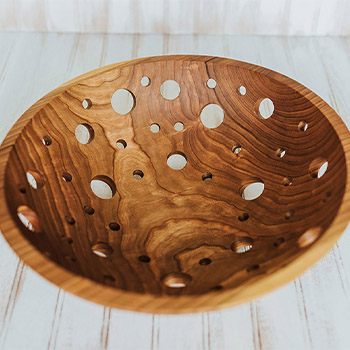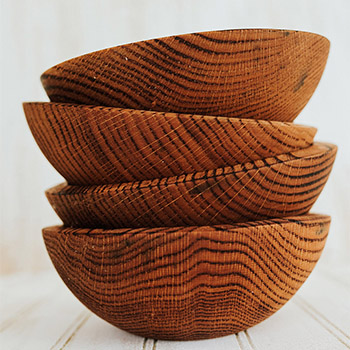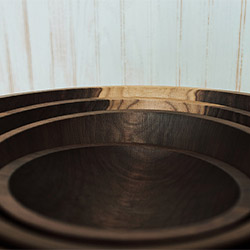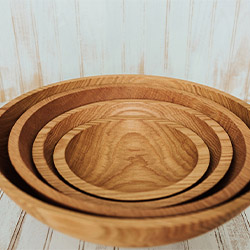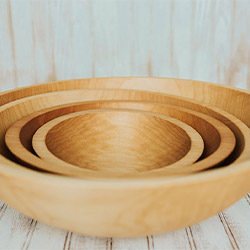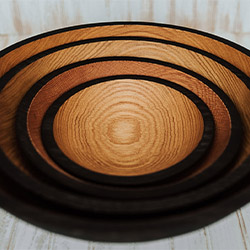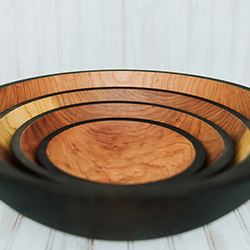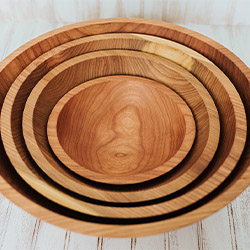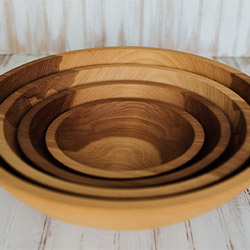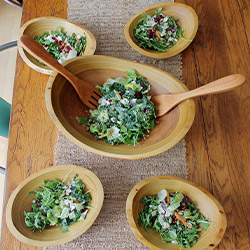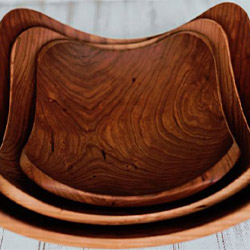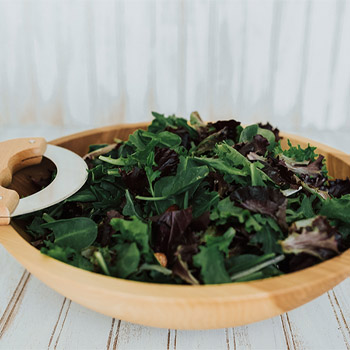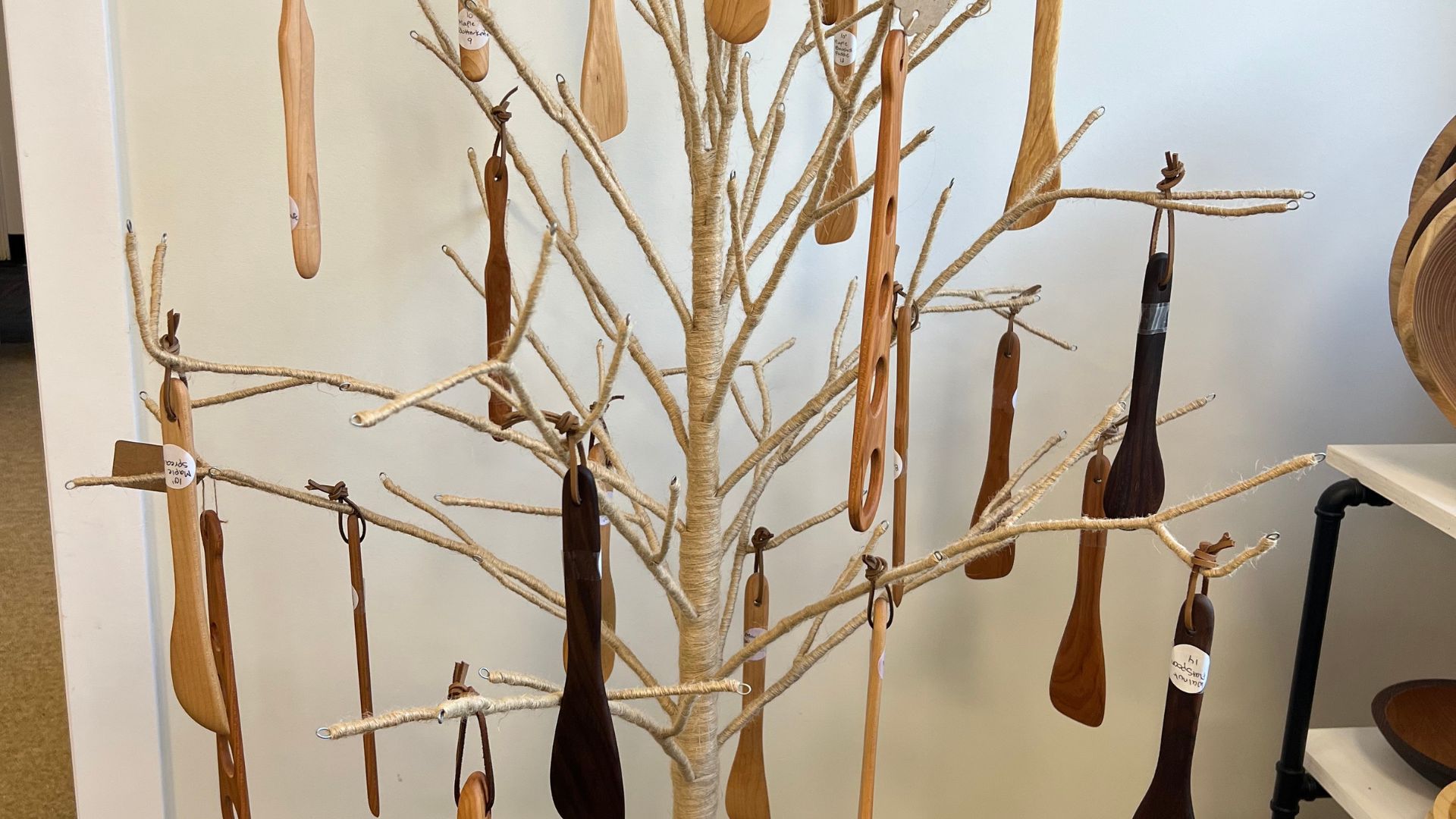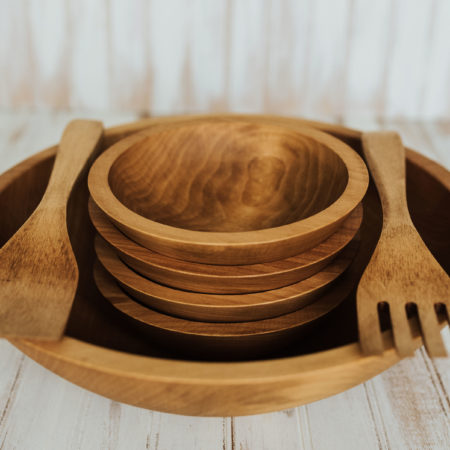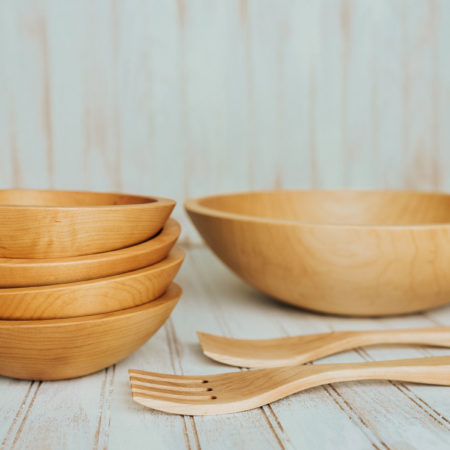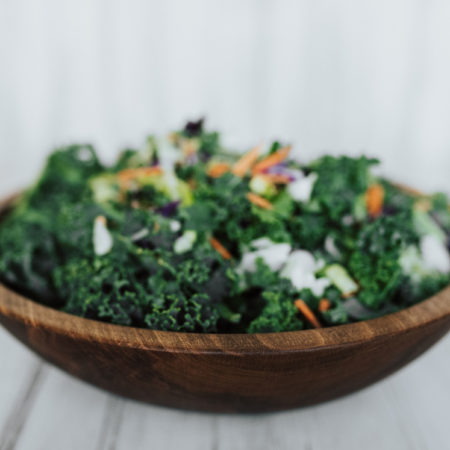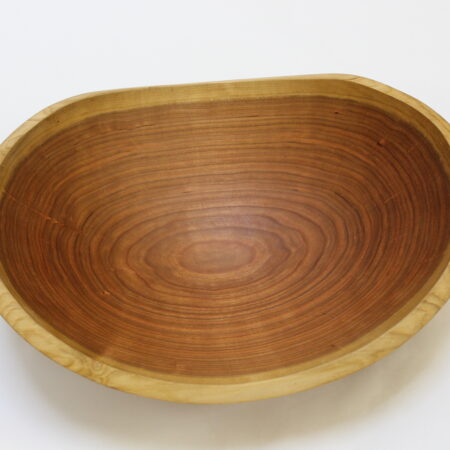Are you wondering which wood is best for your utensils? Look no further! In this article from Holland Bowl Mill, we’ll guide you through the different types of wood, their characteristics, and the pros and cons of each species.
You’ll learn how to choose the perfect wood for your utensils and properly maintain and care for them.
Get ready to serve your loved ones with the best wooden utensils around!
Key Takeaways
- Maple wood is known for its durability and strength, making it an ideal utensil choice.
- Bamboo is popular for its strength, durability, and lightweight nature.
- Olive wood is highly resistant to moisture, making it a great choice for utensils that come into contact with water.
- Consider the sustainability, aesthetics, durability, ease of maintenance, and design considerations when choosing the right wood for utensils.
Types of Wood for Utensils
There’s a variety of wood types that are ideal for making utensils. When choosing the best wood for your utensils, consider both the carving techniques and sustainability concerns.
One popular wood choice for utensils is maple. Maple wood is known for its durability and strength, making it perfect for carving intricate designs. It is also a sustainable option, as maple trees are abundant and grow quickly. With its light color and smooth texture, maple utensils look elegant and feel comfortable in your hands as you serve others.
Another great option is cherry wood. Cherry wood is known for its beautiful reddish-brown color and natural luster. It is easy to carve and has a smooth finish, making it a favorite among artisans. Cherry wood is also a sustainable choice, as cherry trees are commonly grown in North America. You can showcase your commitment to craftsmanship and the environment using cherry wood utensils.
If you prefer a darker wood, consider walnut. Walnut wood has a rich, deep brown color and a beautiful grain pattern. It is easy to work with and can be shaped into various utensil designs. While walnut trees take longer to grow, they are still considered sustainable as they are responsibly harvested. By using walnut utensils, you can add a touch of elegance and sophistication to your serving experience.
Characteristics of Ideal Wood for Utensils
The ideal wood for utensils should have a smooth texture and be moisture-resistant. When it comes to serving others, you want utensils that are not only durable but also sustainable.
One type of wood that fits these criteria is bamboo. Bamboo is known for its strength and durability, making it perfect for utensils that can withstand the test of time. Not only that, but bamboo is also a sustainable option. It grows quickly and abundantly, making it a renewable resource. By choosing bamboo utensils, you are making an environmentally conscious choice.
Another great option is olive wood. Olive wood has a beautiful grain and a smooth texture, making it a pleasure to serve others. It is highly resistant to moisture so it won’t warp or crack over time. Olive wood is not only durable but also sustainable. It is harvested from olive trees that no longer bear fruit, ensuring no trees are cut down unnecessarily.
Maple wood is also a popular choice for utensils. It has a smooth surface and a tight grain, making it resistant to moisture. Maple wood is known for its durability, so you can trust that your utensils will last years. Also, maple wood is sustainably harvested from responsibly managed forests.
Pros and Cons of Different Wood Species
When choosing wood for utensils, it’s important to consider the pros and cons of different wood species. Here are some key points to keep in mind as you make your decision:
- Sustainability: Look for wood species that are sustainably sourced and harvested. Opt for woods certified by organizations like the Forest Stewardship Council (FSC), ensuring they come from responsibly managed forests.
- Aesthetics: Wooden utensils can add a touch of warmth and natural beauty to your kitchen. Consider wood species’ different hues and grain patterns, like maple, cherry, walnut, and olive wood. Each has its unique aesthetic appeal.
- Durability: Some wood species, like hard maple and walnut, are known for their durability and resistance to moisture. These woods can withstand regular use and washing without warping or cracking.
- Ease of maintenance: Wooden utensils require maintenance to keep them in good condition. Look for wood species that are easy to clean and can be oiled periodically to maintain their luster.
- Design considerations: Consider the weight and feel of the wood species in your hand. Some woods, like bamboo, are lightweight and comfortable, while others, like olive wood, have a denser and more substantial feel.
By considering the sustainability, aesthetics, durability, ease of maintenance, and design considerations of different wood species, you can choose the perfect wood for your utensils.
How to Choose the Right Wood for Utensils
Consider the sustainability, aesthetics, durability, ease of maintenance, and design considerations of different wood species to choose the perfect wood for your utensils. When it comes to wooden utensils, it’s important to choose a wood that looks good, performs well, and aligns with your values of sustainability. By sourcing wood from responsible and sustainable forests, you can ensure that your utensils are not contributing to deforestation or harming the environment.
Bamboo is a highly sustainable option as it grows quickly and can be harvested without killing the plant. It has a natural, light color is known for its moderate durability. On the other hand, Maple is moderately sustainable and has a light, classic look. It is highly durable and easy to maintain. Olive wood is highly sustainable and has a unique, rich appearance. It is known for its high durability but requires slightly more maintenance.
When choosing the perfect wood for your utensils, consider not only the sustainability of the wood but also its aesthetics, durability, ease of maintenance, and design considerations. By customizing and personalizing your wooden utensils, you can create a unique dining experience for yourself and those you serve. Whether engraving your initials or adding a unique pattern, wooden utensils can reflect your style and values.
Maintaining and Caring for Wooden Utensils
To keep your wooden utensils in good condition, it’s important to regularly oil them and avoid soaking them in water for extended periods. You can ensure their longevity and natural beauty by taking proper care of your wooden utensils. Here are some tips to help you care for your wooden utensils:
- Oil them regularly: Applying food-grade mineral oil to your wooden utensils helps to moisturize the wood and prevent drying or cracking.
- Hand wash and dry immediately: Avoid using the dishwasher for your wooden utensils, as the hot water and prolonged exposure to moisture can damage the wood. Instead, gently wash them by hand with mild soap and warm water, and then dry them thoroughly before storing them.
- Avoid soaking: Do not soak your wooden utensils in water for extended periods, which can cause them to warp or split. Instead, quickly wash and dry them after each use.
- Store them properly: Store your wooden utensils in a dry, well-ventilated area, away from direct heat or sunlight. This will help prevent any potential damage caused by excessive moisture or temperature changes.
- Resurface when necessary: Wooden utensils may develop rough spots or stains over time. You can lightly sand them to smooth out imperfections and restore their original beauty.
Caring for wooden cutting boards and using wooden utensils offer several benefits. They are gentle on your knives, reducing the risk of dulling the blades. Wooden utensils also have natural antibacterial properties, making them a hygienic choice for food preparation. Furthermore, their warm and natural aesthetic adds a touch of elegance to your kitchen.
Wrap-Up
So, now you know all about the different types of wood for utensils and the characteristics of the ideal wood.
You have weighed the pros and cons of various wood species and learned how to choose the right wood for your utensils.
Always care for your wooden utensils to ensure their longevity and functionality.
With this knowledge, you can confidently select the best wood for your utensils and enjoy their natural beauty and durability for years.

